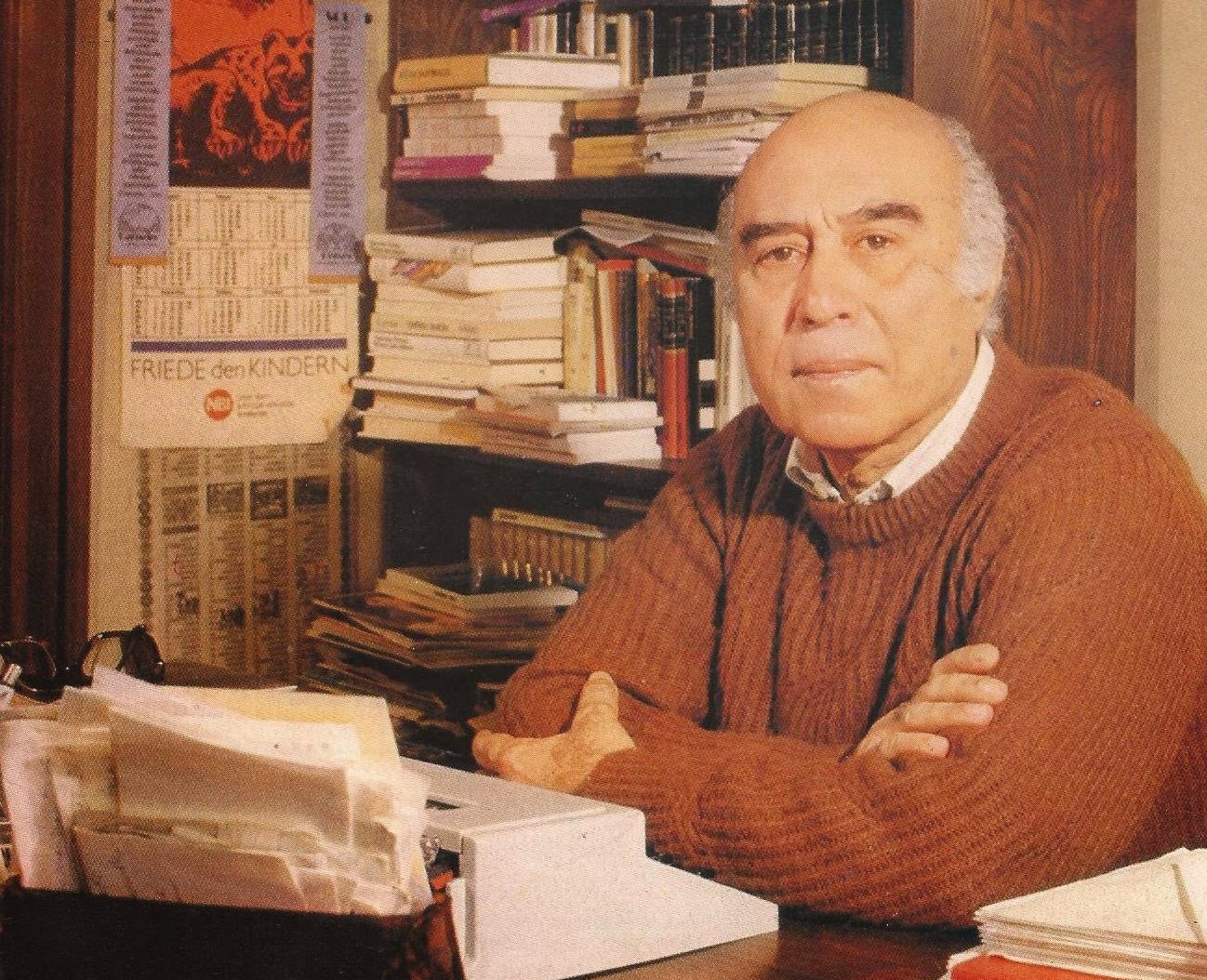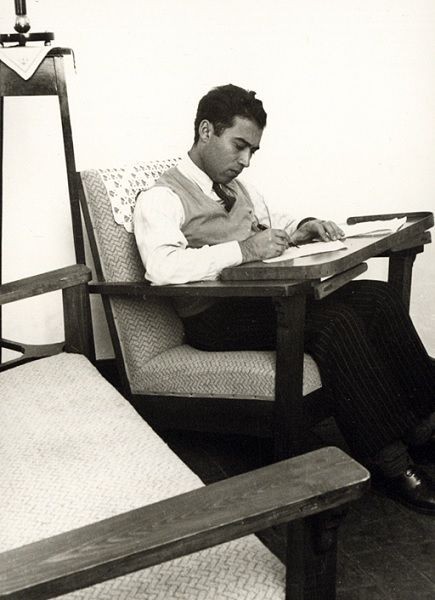
Fernando Namora, a doctor who graduated in 1942 at the University of Medicine of Coimbra, was a name I always heard of when talking about Portuguese writers, but never with the emphasis given to Eça de Queiroz, Júlio Dinis (also a doctor) or others. I thought that he was an obscure writer, with little work. But I was wrong. He has written more than 20 books, many about his experience as a doctor and with autobiographical components, depending on the period of his life.
I decided to give him a chance and get to know him through one of his best-known works, which originated a national series in the 1980s -“Retalhos da vida de um médico” (Patches from the life of a doctor), in two volumes. This set of two books deals with isolated episodes, stories of patients throughout Fernando Namora's professional life.

The first volume takes place in rural areas, in the 1940s, when Fernando Namora, young, naive and motivated, practiced his profession as a patient-oriented doctor, “João Semana”, in villages in the interior of Portugal, from Beira Baixa to Alentejo. One of my biggest surprises when reading this book was the simplicity of the writing and the contemporaneity of the themes.
Fernando Namora writes well and is pleasant to read. Even when he refers to tragic or rude moments, he is never tied to value judgments. His reflections are adequate and sensitive to the conditions of rural people.
These conditions, expressed throughout the book, show us the misery and the ignorance in which the people lived. They were poor and dependent on any authority, civil or religious. They were trapped in mysticism and ancient, doubtful and often harmful practices of healers, who were drunk and had not the slightest knowledge of medicine or human things.
Fernando Namora tells us through episodes of common life how, little by little, he manages to gain the trust of these people, how he is put to the test and how he gains his space as a doctor and as a person. The chapter that deals with his relationship with the gypsies is pungent and the chapter that refers to the witches and healers of the village is scathing: his concerns are exactly those that plague us, at a time when so many alternative therapies attempt to look credible…
In the second volume, written 15 years after the first, we find an older Fernando Namora, a doctor who is more confident in his skills, but no less attentive to human weaknesses and magnitudes. Now he works in a provincial city. His stories, despite having another environment, still have all the nuances of human vulnerability, which in the face of disease acquire more authentic colours and expose our weaknesses and virtues. After all, we are not that different, rural or urban, more sophisticated or simpler.
Fernando Namora is a writer who doesn't speak to us, but with us. I feel that for those who study or practice Medicine he can be an excellent company, either to remember Medicine from “other times”, or to marvel at its stories and contemporaneity.
Fernando Namora's works have been published by several publishers such as Europa América and Círculo dos Leitores. Currently you can find his works at Editorial Caminho.

Sónia Teixeira
Editorial Team

